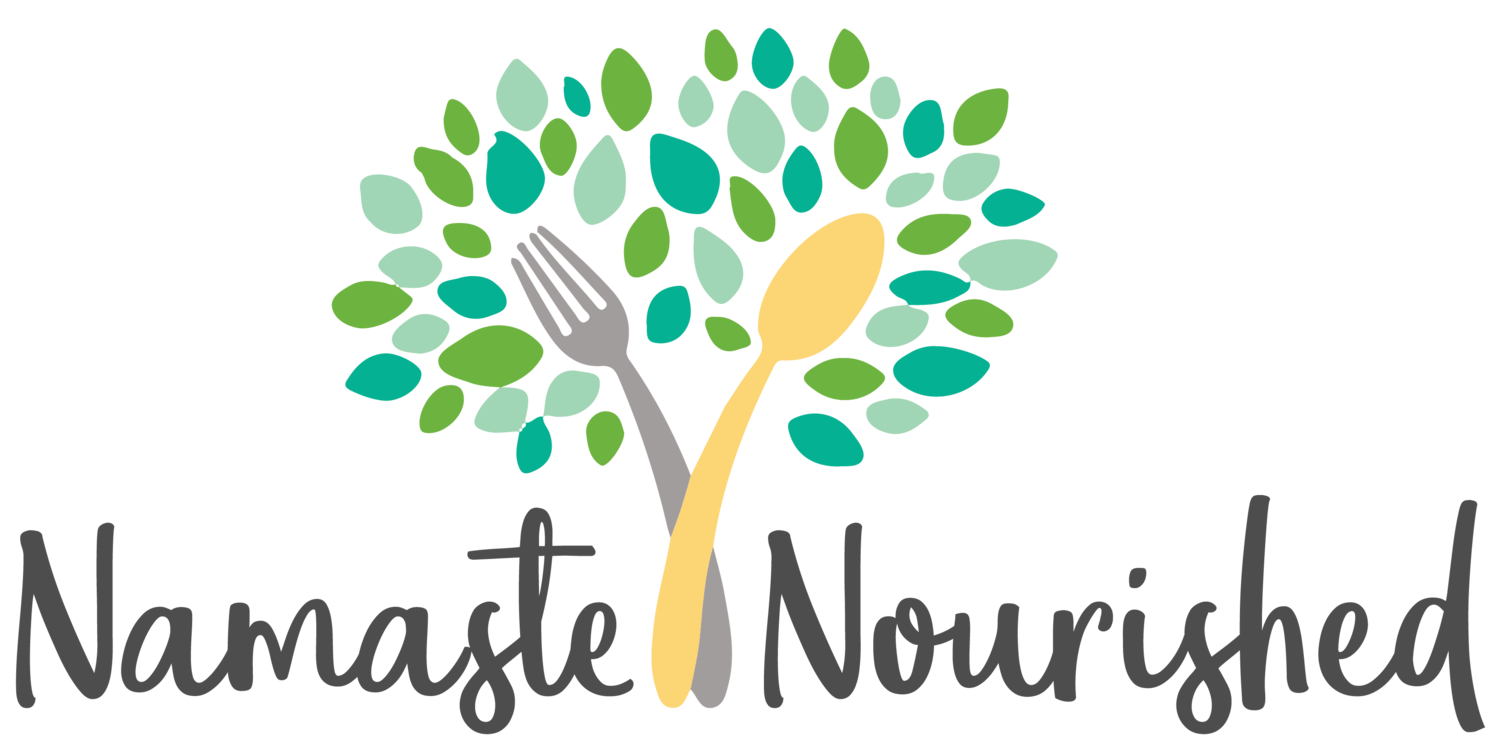What Does Unconditional Permission to Eat Mean?
In our practice as eating disorder dietitians, we operate from an Intuitive Eating perspective when it’s appropriate. Early in eating disorder recovery, Intuitive Eating can feel like an impossible goal, but Intuitive Eating can be a helpful and gentle way to guide you back to how your body wants to nourish itself. Principle 3/10 of the Intuitive Eating principles* is Make Peace with Food. This principle is about allowing yourself unconditional permission to eat. But what does permission to eat even mean? Let’s break it down.
Anyone with disordered eating, an eating disorder, or even a history of dieting can tell you that deprivation (real or imagined) can lead to strong cravings, which can end in overeating, a binge, feelings of guilt, and/or compensatory behaviors. Permission to eat says you can eat anything. Embracing permission to eat lessens the fear and guilt around food, and allows you to tune into your body rather than the eating disorder. Permission to eat means trusting your body and knowing that no food is “good” or “bad.”
But it’s not a straight line from giving yourself permission to completely trusting your body, especially for someone with a history of disordered eating. Why?
Eating disorders thrive on rules, which makes eating about perfection, rather than relying on body signals
The eating disorder voice is very strong, and while you might be able to give yourself permission, it might not be full permission, or it might have rules attached to it
Eating disorders thrive in black and white thinking, and eating with permission can sound like permission to binge on forbidden foods, rather than to honor your body’s cues for hunger and fullness
With practice, permission to eat can start to feel more natural. You’ll realize your body can show you how it wants to nourish itself, and with repeated trust in yourself, your body will feel more at ease.
There are some simple steps you can take to get started with permission to eat. It’s a practice, so start small, be consistent and keep going. Remember, there is no perfect way to eat, and the discomfort you are likely to experience is to be expected after time spent and conditioning of your body and brain to eat a different way.
Identify your food rules- what foods or ways of eating do you have rules around? They can be broad or very specific, but notice what they are and how often they come up
Figure out where the rule is coming from- is it from you or the eating disorder? Is it helping you to recover, or is it holding you back?
Recognize and honor your biological hunger- it’s more than just eating when you’re hungry. Subtle signs of hunger include thinking about food, mild fatigue or irritation, and difficulty concentrating. More extreme signs include a rumbling stomach, dizziness, headaches, and obsessive thoughts about food. In the beginning, this may mean eating every few hours to train your body to recognize hunger cues, but eventually, it means your body will tell you when it’s ready to eat
Remove judgment- remind yourself that no food is good or bad, and morality doesn’t have a place on your plate. Food is just food
Honor satisfaction in food- remember that food should be enjoyable and fun. Your body might be craving satisfaction, and allowing it in your food may help in your enjoyment. That’s good- food is meant to be satisfying
Be Kind- you’re learning a brand new way of thinking and eating, and that takes time. Practice self-kindness, self-compassion, and self-forgiveness, and practice it as often as you can
*Intuitive Eating was written by Evelyn Tribole, MS, RDN and Elyse Resch, MS, RDN, CEDS-S, Fiaedp, FADA, FAND. The 4th edition of the book is available and you can learn more about Intuitive Eating at intuitiveeating.org. If you’re interested in exploring Intuitive Eating in your own life and would like support from experts, please reach out to us. We’d love to help support you in your Intuitive Eating journey.

